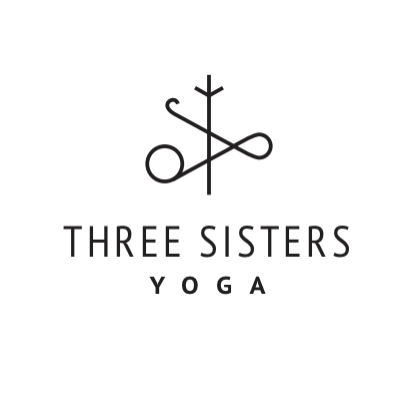This weekend we took a troop of boys to a cabin the size of a postage stamp. The adventure was maddening, sweet, fun and exhausting. My kids and their friends are not super rambunctious, so we don’t fall into that stereotype of house full of boys but, they are still children. They still have no idea what an “indoor voice” is. They still get amped when given the opportunity to spend days in the woods together.
When I am stressed I find their noise and chaos unnerving. The constant energy of children can overwhelm me. I have to work really hard to not be annoyed and irritated with them. I need moments of silence. I need respite and space.
And sometimes I am just an asshole parent.
Luckily, I am blessed with a mate who, when I reach my limit, sends me away. I can comfortably say “I need a minute” and without judgement or shame, he just nods, waves and says, “I get it.”
This weekend I needed one of those breaks so I hopped on my bike and went up the road. In the woods I have two options for bike riding; trail riding or road riding. In my judgey mind, people who trail ride are the real deal; hard-core nature bikers. Road riders are softies.
I am a road rider. The road is my jam. That’s how I like it: a manageable, challenge. I just want to ride. I don’t want to think about avoiding rocks and trees and ruts in the road. I don’t want to have to turn on all my awareness feelers. I want to turn them off.
This got me thinking: I wonder if people choose their exercise based on what their mind needs. Team sports demand a kind of hyper awareness. You try and anticipate what the other team is going to do, you pay attention to what your teammates are doing. If a person doesn’t use those observation skills in their day-to-day, then turning them on would be stimulating, relaxing even. On the other hand, if you are the kind of person who spends a lot of time observing, and anticipating actions, choosing a sport that demands the same kind of mental acuity will be taxing.
Or maybe I just like riding on the road.
As a younger woman, I measured my comfort zones against an imaginary ruler that always said, “you do not measure up.” My boundaries were, for the most part, representative of my cowardice, my rigidity.
But, boundaries are not limitations. They are an understanding, an acceptance of self. A good, healthy boundary gives us a feeling of security and safety. It allows us to explore our landscape without distraction. Understanding our boundaries is an imperative to learning how to endure the discomfort of being alive (and it keeps us from becoming monsters to the people we love).
This is why, when we are teaching, we need to be respectful of people’s boundaries. We need to set up the conditions where our students can say “I need a break!” without fear of judgment or recrimination. Therefore:
- Always give your students permission to come out of a pose if they need to.
- Offer options.
- If you are stuck and can’t think of an option, be honest with them. Be a flawed human and say, “Oh I am stuck too! How about you and I take a moment and breath together” and then wait and see what you can come up with.
- Let them know they can leave the room at any time and they can come back when they are ready.
- Model good boundary setting. In your day to day life, practice setting good, healthy boundaries.
- Find practices that allow you to explore safely and purposefully.
- Do it for you. Do not pick practices that you think you “should” do, pick the ones that click.
- Advocate for yourself in your own practice. Tell your teachers what you need.
- Give yourself permission to leave a class and leave if you need to.
- We cannot be all things to all people. We cannot always be the hard core or the soft touch. We are what we are. Honoring our boundaries celebrates who we are. Practicing this for ourselves helps us celebrate it in our students.
